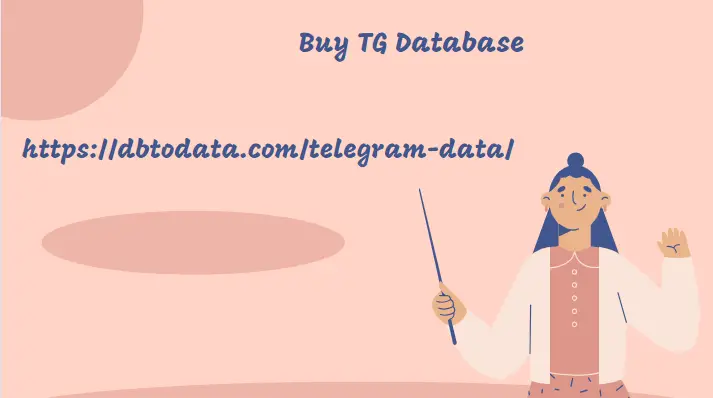Post by account_disabled on Feb 17, 2024 9:13:01 GMT
Moreover, the treatment is focused 100% on giving prospects a good and relevant reason to stay on the page and sign up. Notice that the headline starts with the verb “get” – a particularly powerful word that can work wonders on your messaging. For more on the awesome conversion power of “get” check out this article. In my experience, ideas for treatments that come about on a whim usually lead to poor results. You can of course get lucky and stumble into something that works, but in the long term it’s really not a winning strategy. A simple way to avoid this mistake The more targeted and strategic an A/B test is, the more likely it’ll be to.
A solid optimization hypothesis goes a long way in keeping you on the Buy TG Database right track and ensuring that you’re conducting valuable marketing experiments that will actually have an impact in the mind of the prospect –and, by extension, on conversions. In landing page optimization, the optimization hypothesis is the basic (but data-driven) assumption that you base your optimized variant on. It encapsulates what you want to change on the landing page and what impact you expect to see from making that change. Moreover, it forces you to scrutinize your test ideas and helps you keep your eyes on the goal. Formulating an optimization hypothesis can be as simple as filling out the blanks in this template: landing-page-optimization-mistakes-3 Check out this article for a more in-depth guide on how to write a solid hypothesis.

3. Assuming That “One Size Fits All” Life would be easier if the one-size-fits-all, cookie-cutter approach worked. So much easier. However, in my experience there is no such thing as a global solution that works every time. All products, offers, landing pages, and companies are different, just like the motivations of your potential customers will be different. You need to find out what works for your specific target audience. How I used to get it wrong I used to think that every single case study or blog post I read was directly applicable to any given landing page. “So a call-to-action above the fold performed best in this LPO case study.
A solid optimization hypothesis goes a long way in keeping you on the Buy TG Database right track and ensuring that you’re conducting valuable marketing experiments that will actually have an impact in the mind of the prospect –and, by extension, on conversions. In landing page optimization, the optimization hypothesis is the basic (but data-driven) assumption that you base your optimized variant on. It encapsulates what you want to change on the landing page and what impact you expect to see from making that change. Moreover, it forces you to scrutinize your test ideas and helps you keep your eyes on the goal. Formulating an optimization hypothesis can be as simple as filling out the blanks in this template: landing-page-optimization-mistakes-3 Check out this article for a more in-depth guide on how to write a solid hypothesis.

3. Assuming That “One Size Fits All” Life would be easier if the one-size-fits-all, cookie-cutter approach worked. So much easier. However, in my experience there is no such thing as a global solution that works every time. All products, offers, landing pages, and companies are different, just like the motivations of your potential customers will be different. You need to find out what works for your specific target audience. How I used to get it wrong I used to think that every single case study or blog post I read was directly applicable to any given landing page. “So a call-to-action above the fold performed best in this LPO case study.
